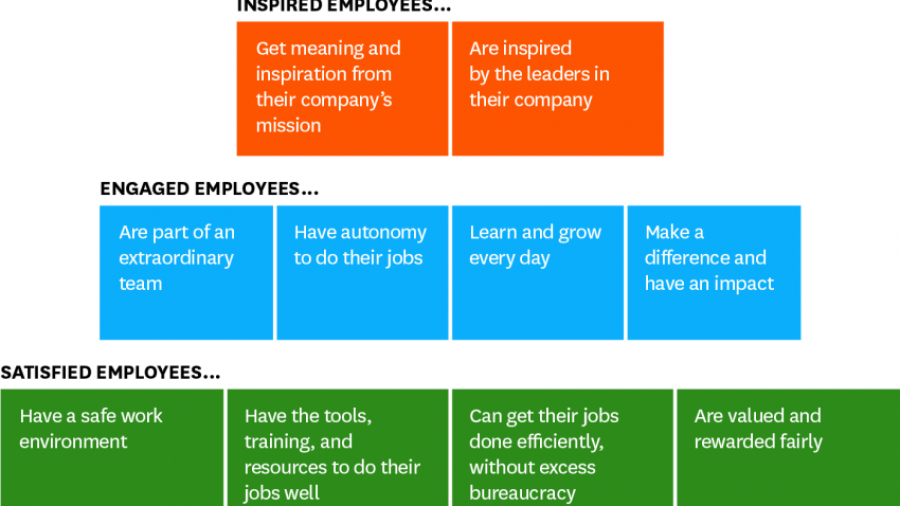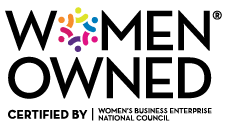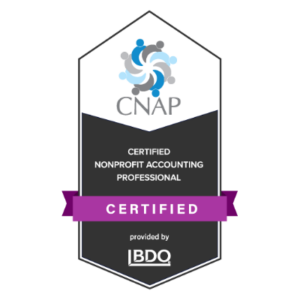Abila (accounting and other software creator) recently did a study of trends and challenges facing nonprofit professionals which also apply to our social enterprise and entrepreneur friends.
Has anyone out there ever done any task outside of your functional area?
Do you have a vague title like “Operations Manager” which basically means that you’re everything to everyone all the time?
Yeah, I’ve been there.
Abila’s study tells us that the biggest challenge to nonprofit finance professionals is interruptions from other departments. We spend over double the amount of time we’d like responding to inquiries for small bits of information as our colleagues are planning, budgeting, compiling donor reports, and managing their own functions.

So how can we tackle this culture of interruption? Give your employees all the information they need proactively so those one-off requests are few and far between.
Here’s how:
- Consistent information sharing. How proactive are you in providing information to your leadership, managers, and teams on a regular basis? Do the key stakeholders in your organization receive and understand the financial statements that mean the most to them on a monthly basis? I know we all get busy, but we need to be consistent in getting relevant financial information out to the relevant parties every month. Let’s empower our employees with the data they need to act and think like owners.
- Customized dashboards using the right tools. Speaking of giving out the right financial information, do you simply click a couple times in Quickbooks and email out multiple page reports of numbers that mean nothing to your team or leadership? This may be checking the “send financial statements” box but, frankly, an income statement with 75 lines likely means nothing to your Program Director or Chief Creative Officer. Let’s do better! How about a one-page dashboard (maybe designed nicely in PowerPoint?) that shows the highlights, just the information your team needs to make informed business decisions.
- Predefined finance debriefs or roundtables. One final way to head off interruptions is to set up scheduled finance meetings where you provide context to the team around the numbers. Like, “our revenue was below projections this month because the grant we expected didn’t come in…” or “our sales were ahead of schedule this month which will affect our cash flow in this way…”. The numbers mean a lot more with some words behind them!
So what do you think? Do you think you’d reduce your interruptions by implementing the above steps? Give it a shot next month and see how much more empowered your employees are when armed with financial information!
Or maybe you have no interest or time to compile a monthly financial dashboard and could use a little help – give me a call and let’s chat!
























